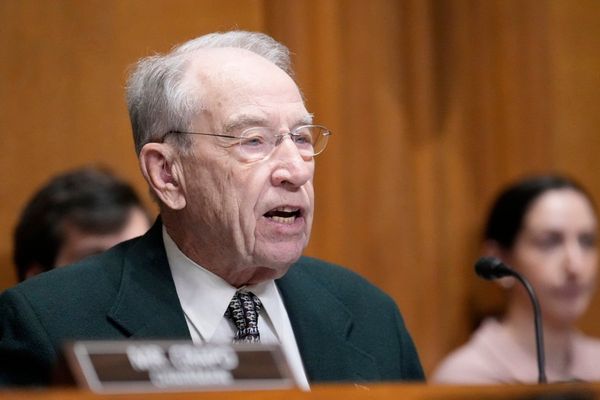
Virgin’s easing of its policy on employees displaying tattoos marks a significant shift in an industry that has long had strict criteria on who is suitable to be cabin crew and how they should look.
In the early days, flight attendants were often the sons of businessmen who had financed the airlines.
The first was Heinrich Kubis, who in March 1912 looked after passengers on DELAG’s (Deutsche Luftschiffahrts-Aktiengesellschaft) LZ 10 Schwaben zeppelin flights from Berlin to Freidrichshafen. He had previously worked as a waiter at Hôtel Ritz Paris and the Carlton hotel, London.
It was another 18 years until the first woman was appointed. Ellen Church, 25, a registered nurse and qualified pilot, wanted to fly commercial aircraft, but women were banned. She petitioned Boeing Air Transport urging them to hire nurses as flight stewardesses to help convince passengers that flying was safe. Her first flight took off on 15 May 1930.
Other airlines quickly followed suit. It was one of few jobs open to women at the time. More than 2,000 of them applied for 43 positions offered by Transcontinental and Western Airlines in December 1935.
A story in the New York Times in 1936 said women were selected based on their physical characteristics.
“The girls who qualify for hostesses must be petite; weight 100 to 118 pounds; height 5 feet to 5 feet 4 inches; age 20 to 26 years. Add to that the rigid physical examination each must undergo four times every year, and you are assured of the bloom that goes with perfect health.”
Requirements persisted. A 1966 advert for stewardesses at Eastern Airlines listed these requirements: “A high school graduate, single (widows and divorcees with no children considered), 20 years of age (girls 19 1⁄2 may apply for future consideration). 5’2” but no more than 5’9”, weight 105 to 135 in proportion to height and have at least 20/40 vision without glasses.”
Still today, many airlines impose physical requirements. The UK government’s National Careers Service says: “There are rules about height and weight – these vary between airlines. As a general guide, most look for people between 5ft 2in (157cm) and 6ft 2in (188cm) with weight in proportion to height.”
Earlier this year Spain’s Iberia airline told women working for the airline who had challenged the rules they could wear trainers while in the air but were still expected to wear high heels in airports and while boarding.
In the US United Airlines recently relaxed its rules on allowing all genders to wear nail polish and “natural-looking” makeup. Additionally, male-identifying cabin crew can now have long hair and all are allowed visible tattoos provided they are no bigger than the employee’s work badge.
In 2015, a survey found that a fifth of all British adults were inked, with 30% of 25- to 39-year-olds having at least one tattoo. In 2016, a US poll found that 29% of people had a tattoo, up from 21% four years before. Forty-seven per cent of millennials – people born between 1982 and 2004 – said they had one.







